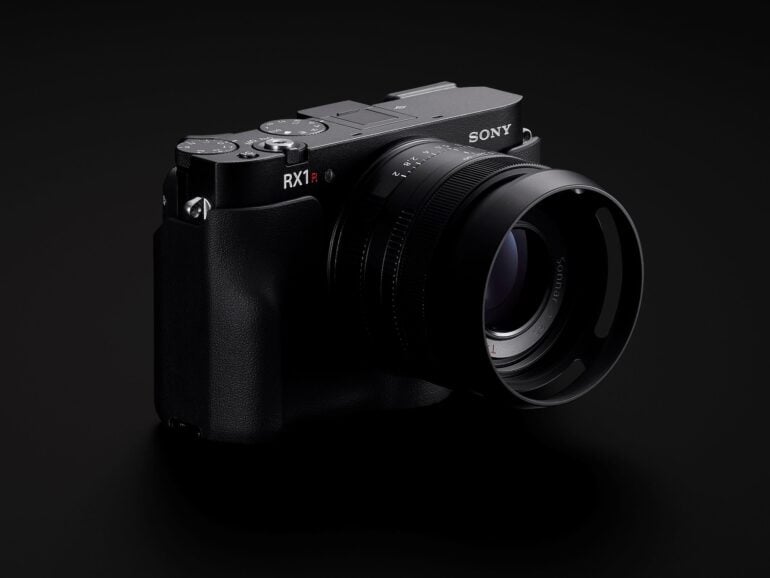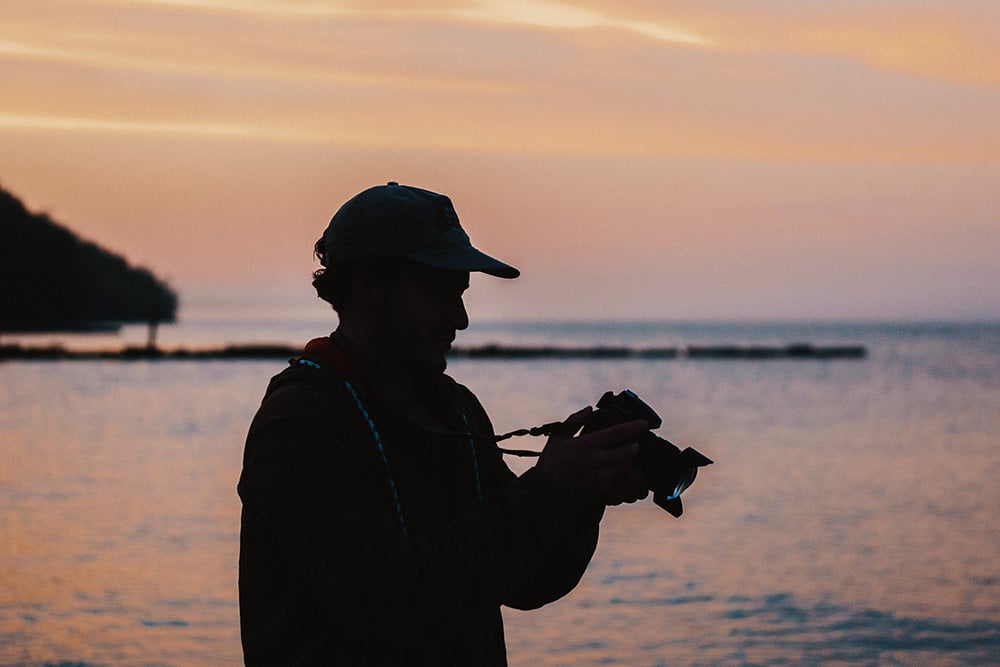New Sony compact body. The brand surprises everyone by unveiling the Sony RX1R III, the new iteration of its full-frame compact camera. This new version comes with a 61 MP sensor and a noticeably improved autofocus, all in a body that remains just as compact. 10 years after the RX1R II was released, the direct competitor to the Leica Q3 has arrived.
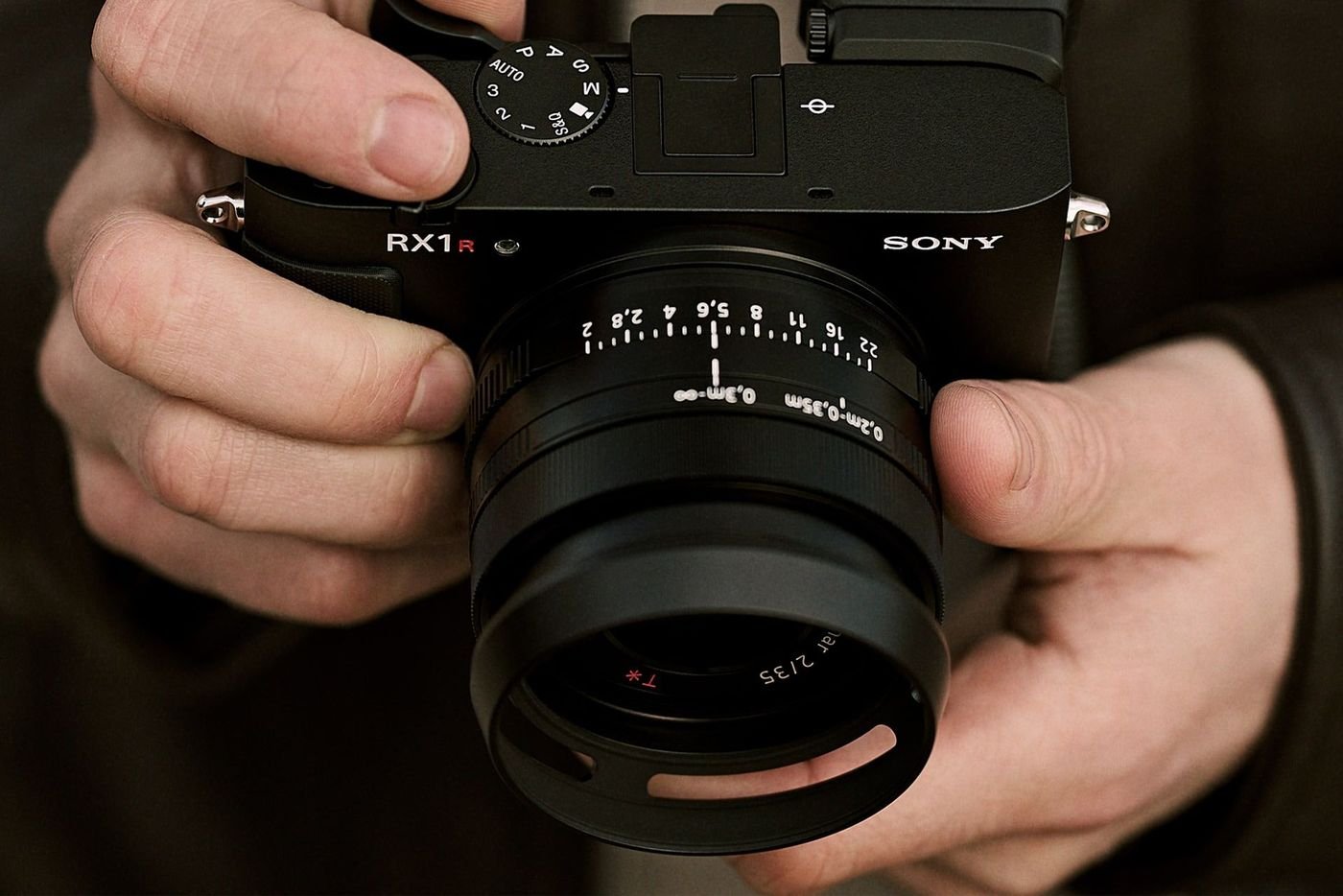

Sommaire
- The successor is here, 10 years later
- 61 MP sensor and Bionz XR chip, a well-known duo
- The return of the 35mm f/2 Sonnar T* Zeiss (unstabilized) with central shutter
- Sony RX1R III: the king of compactness
- 5 fps burst and limited buffer
- 4K 30p video, and that’s it
- Usual connectors, SD UHS-II and NP-FW50 battery
- Price and availability of the Sony RX1R III
- Our first impression of the Sony RX1R III
The successor is here, 10 years later
Sony finally unveils the Sony RX1R III! A compact camera featuring a 61 MP full-frame sensor, AI-powered autofocus, a fixed 35mm f/2 Zeiss lens, a tiny viewfinder, all in a pocket-sized body.
Ten years after the Sony RX1R II launch, one could have thought Sony had completely abandoned the large-sensor compact camera segment.
Yet, given the appeal of cameras like the Fujifilm X100V / X100VI and Leica Q3, it was legitimate to hope that Sony would also renew its full-frame compact. Especially since the company has mastered the art of miniaturizing its products. However, Sony’s only answer in this area was the launch of the “compact” hybrid Sony A7C R in late summer 2023. A product borrowing the formula of the Sony A7R V, but in a much smaller form factor.
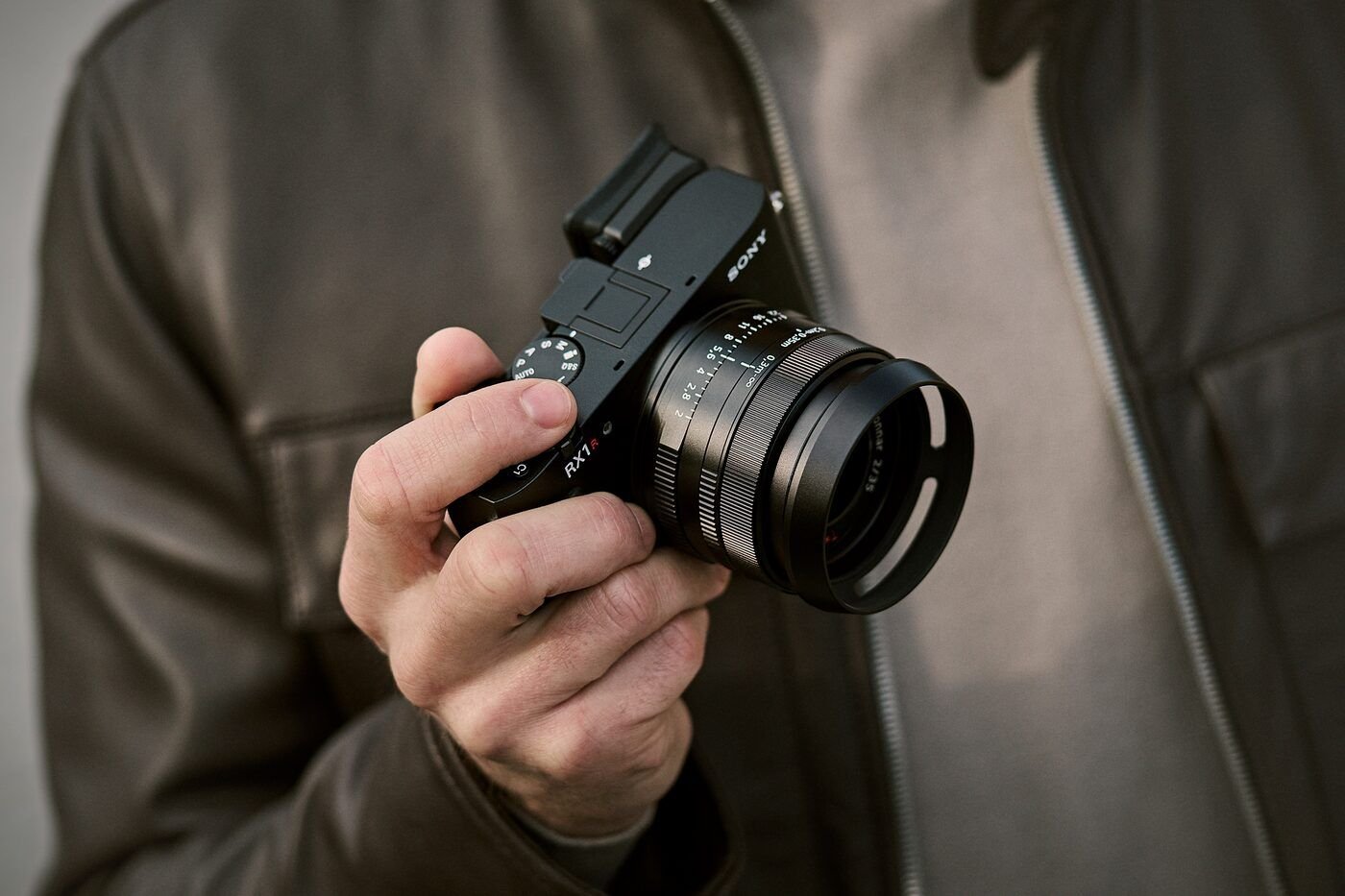

Here is the full list of technical specifications of the Sony RX1R III:
- Sensor: full-frame Exmor R BSI 61 MP
- Low-pass filter: N/A
- Processor: Bionz XR + AI chip
- Lens: Zeiss Sonnar T* 35mm f/2
- Electronic viewfinder: OLED, 2.36 M-dots, 0.7x
- LCD screen: 3-inch, fixed, 2.36 M-dots
- Autofocus: hybrid phase + contrast
- AF points: 693
- AF coverage: 78%
- Subject detection & tracking: humans (body + face + eye), dogs, cats, birds (body + face + eye), cars, planes, trains, insects (body + face)
- AF range: -4 EV to 20 EV
- Sensitivity: 100–32,000 ISO (expandable 50–102,400 ISO for photos)
- Burst: 5 fps, central shutter
- Shutter: central / electronic, 30 s – 1/8000 s
- Video: 4K UHD 30 fps (up to 60 fps with 1.2x crop), Full HD up to 120 fps
- Video color profiles: S-Log 3, S-Cinetone
- Storage: 1x SD UHS-II slot
- Wireless connectivity: Wi-Fi 2.4 & 5 GHz, Bluetooth 4.2 Low Energy
- Battery: NP-FW50, 300 shots (LCD) / 270 shots (viewfinder)
- USB charging: yes, USB-C port
- Weather sealing: N/A
- Dimensions: 113.3 × 67.9 × 87.5 mm
- Weight: 498 g
- Launch price (body only): $5098
61 MP sensor and Bionz XR chip, a well-known duo
Unsurprisingly, the Sony RX1R III features the 61 MP Exmor R BSI sensor found in the brand’s high-resolution mirrorless cameras since 2019, such as the Sony A7R IV. It’s the same sensor seen in the A7C R and very likely in the Leica Q3 / Q3 43.
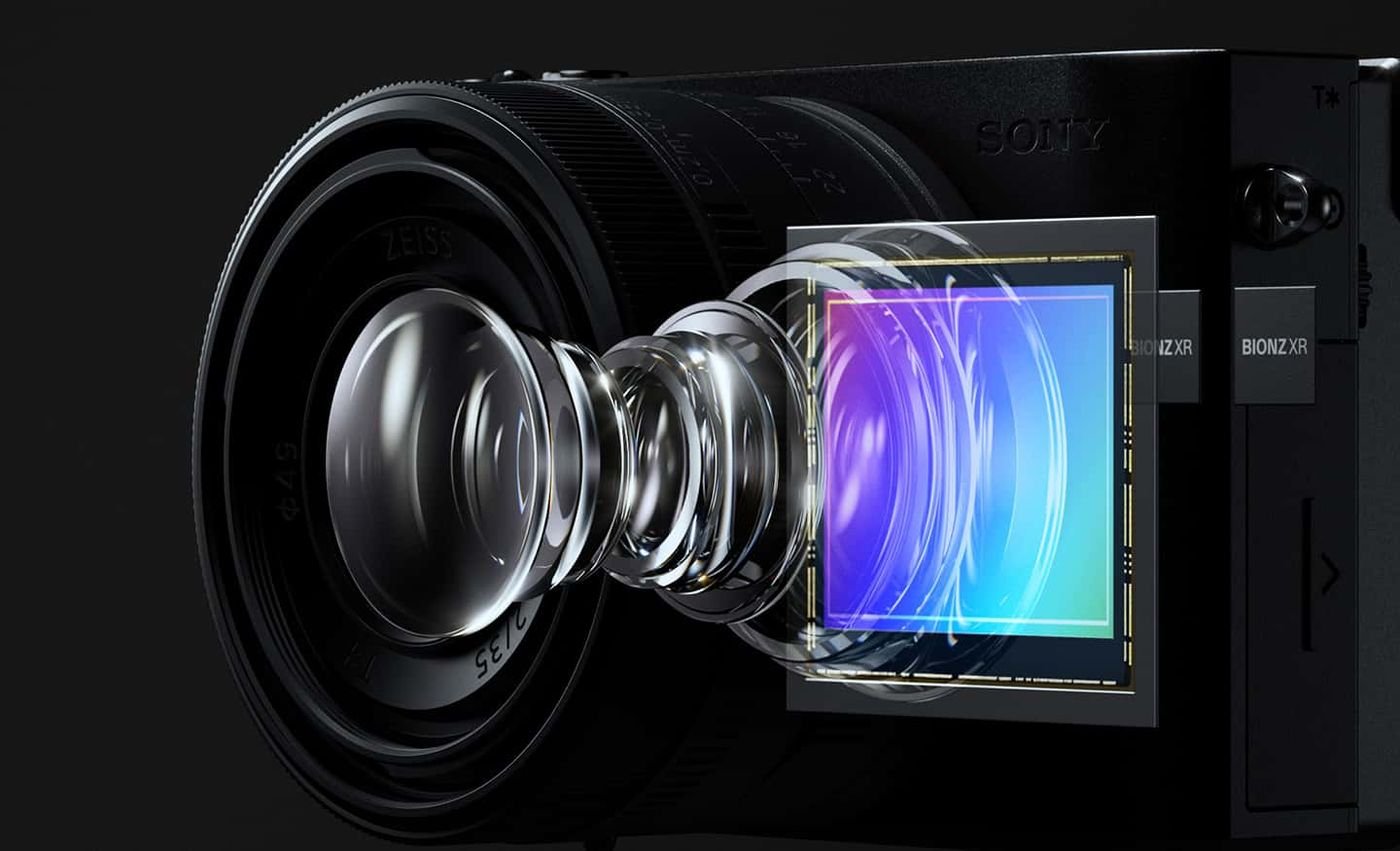

The body integrates a dual Bionz XR processor paired with an AI chip. This results in a much more responsive autofocus and, above all, advanced subject recognition (see below). The generational leap compared to the RX1R II should be impressive.
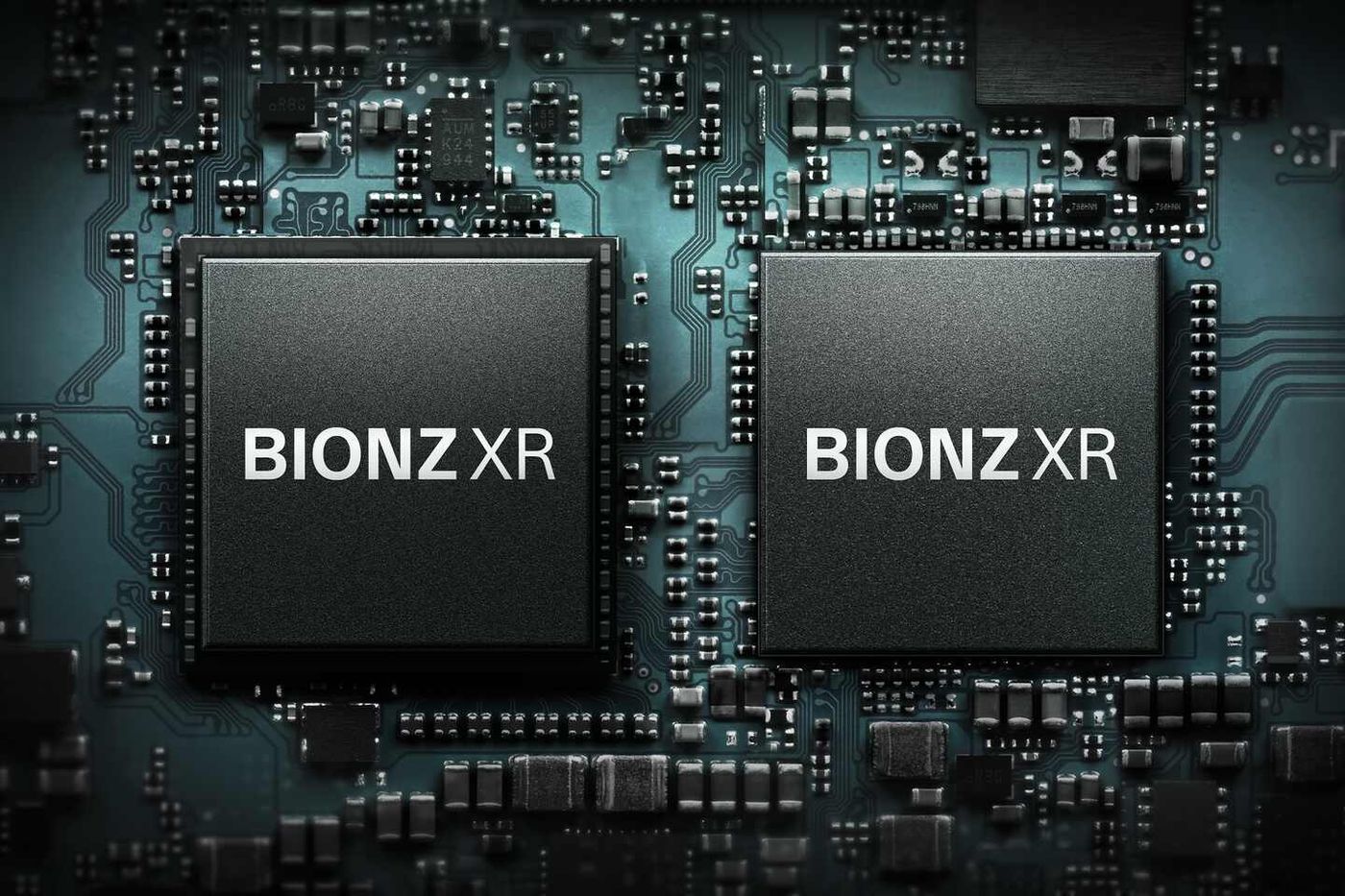

Note that, to preserve its compact form, the Sony RX1R III omits 5-axis sensor stabilization.
Images can be captured in 14-bit RAW, JPEG or 10-bit HEIF. Native sensitivity ranges from 100 to 32,000 ISO and is expandable to 50 to 102,400 ISO (for photos). Sony claims a dynamic range of 15 stops, and emphasizes its 12 “Creative Looks” color profiles.
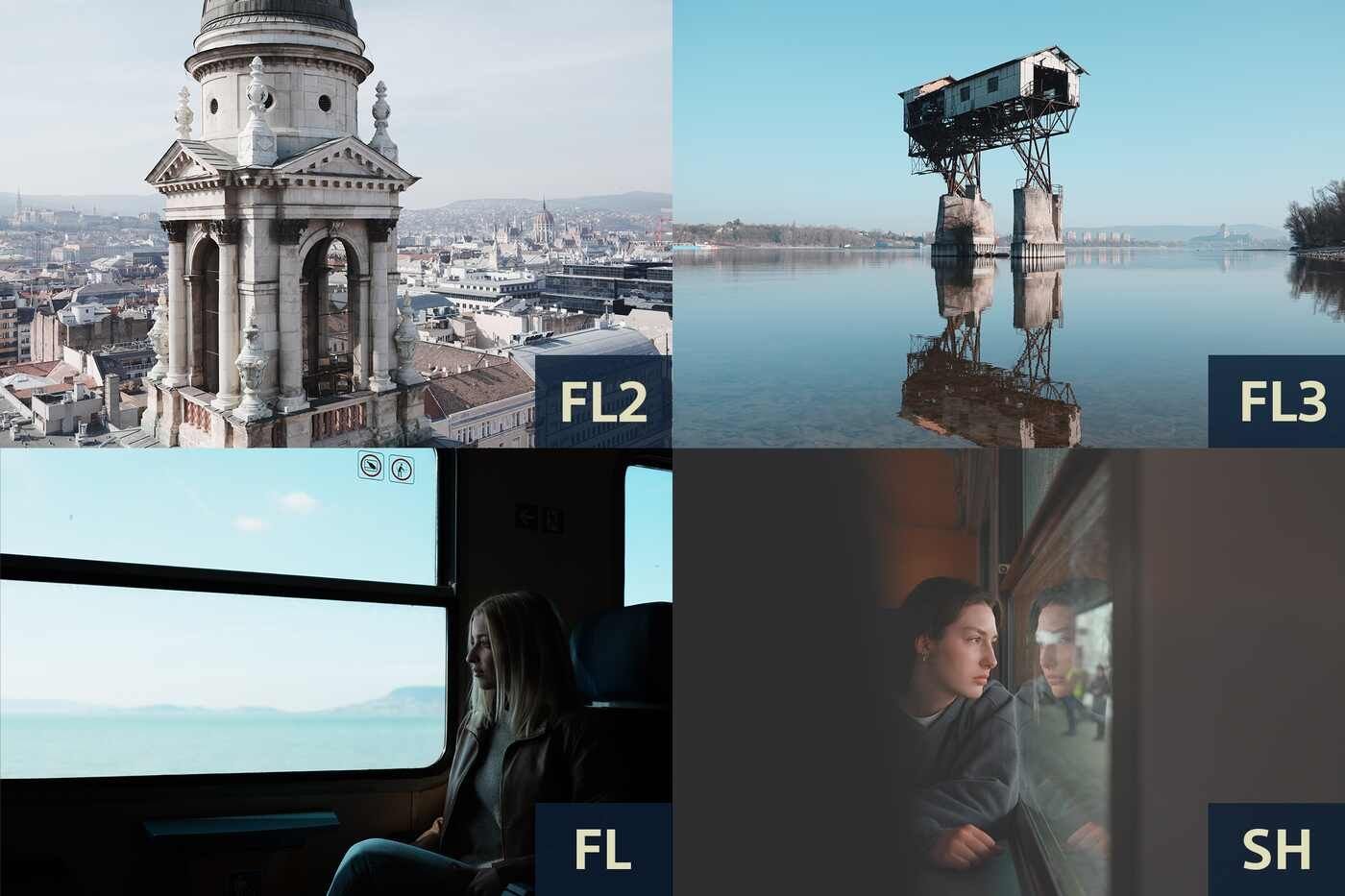

The RX1R III features a hybrid autofocus with 693 selectable AF points, covering about 78% of the frame. It detects eyes and faces for humans, as well as for animals (cats, dogs, birds, insects) and vehicles (cars, trains, planes).
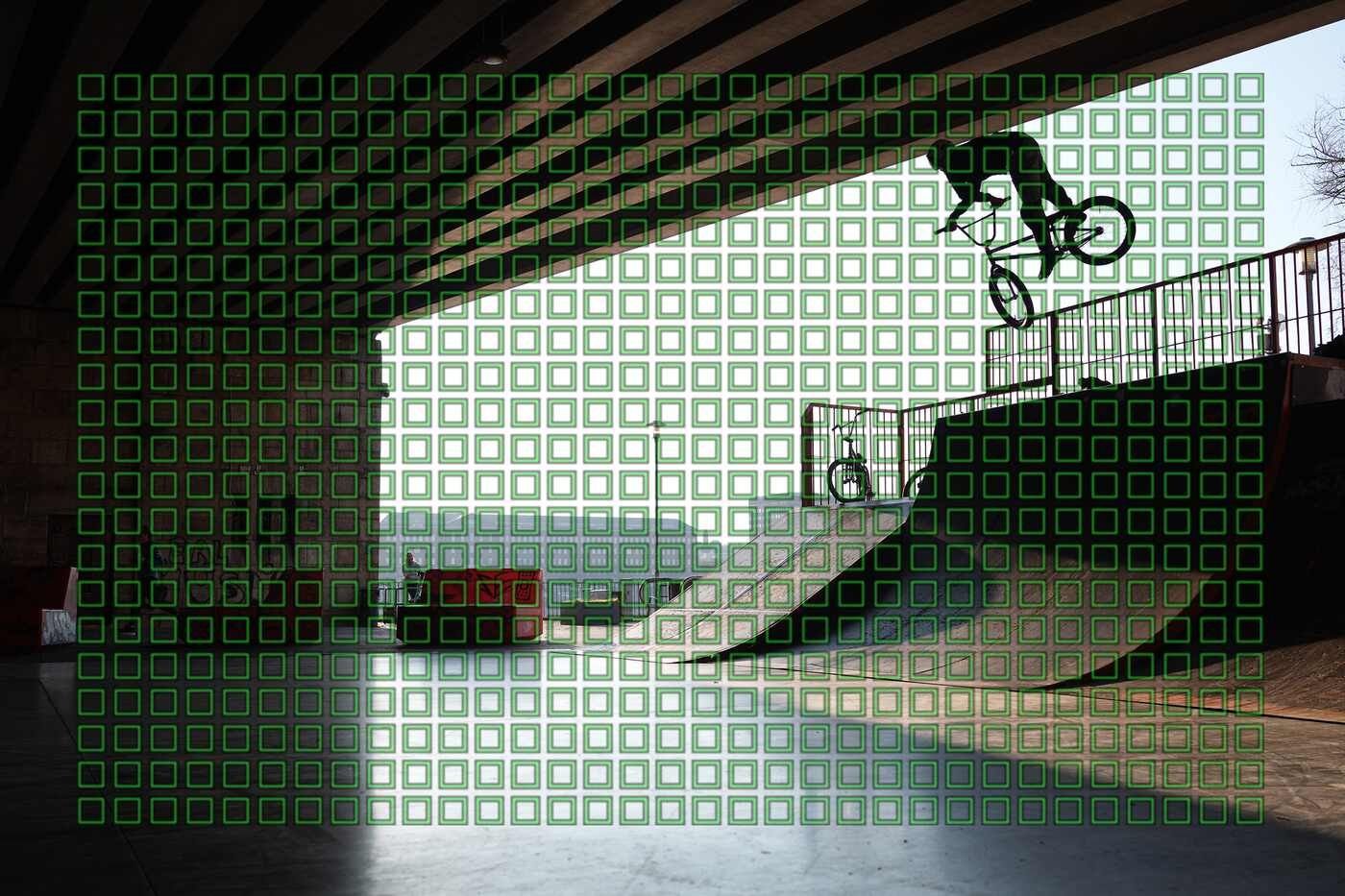

The return of the 35mm f/2 Sonnar T* Zeiss (unstabilized) with central shutter
The Sony RX1R III retains the 35mm f/2 Zeiss Sonnar T* lens from previous models. This small prime lens, with 8 elements in 7 groups, will have to prove itself against the highly resolving 61 MP sensor. It’s unclear whether Sony updated the glass coatings to improve image quality.
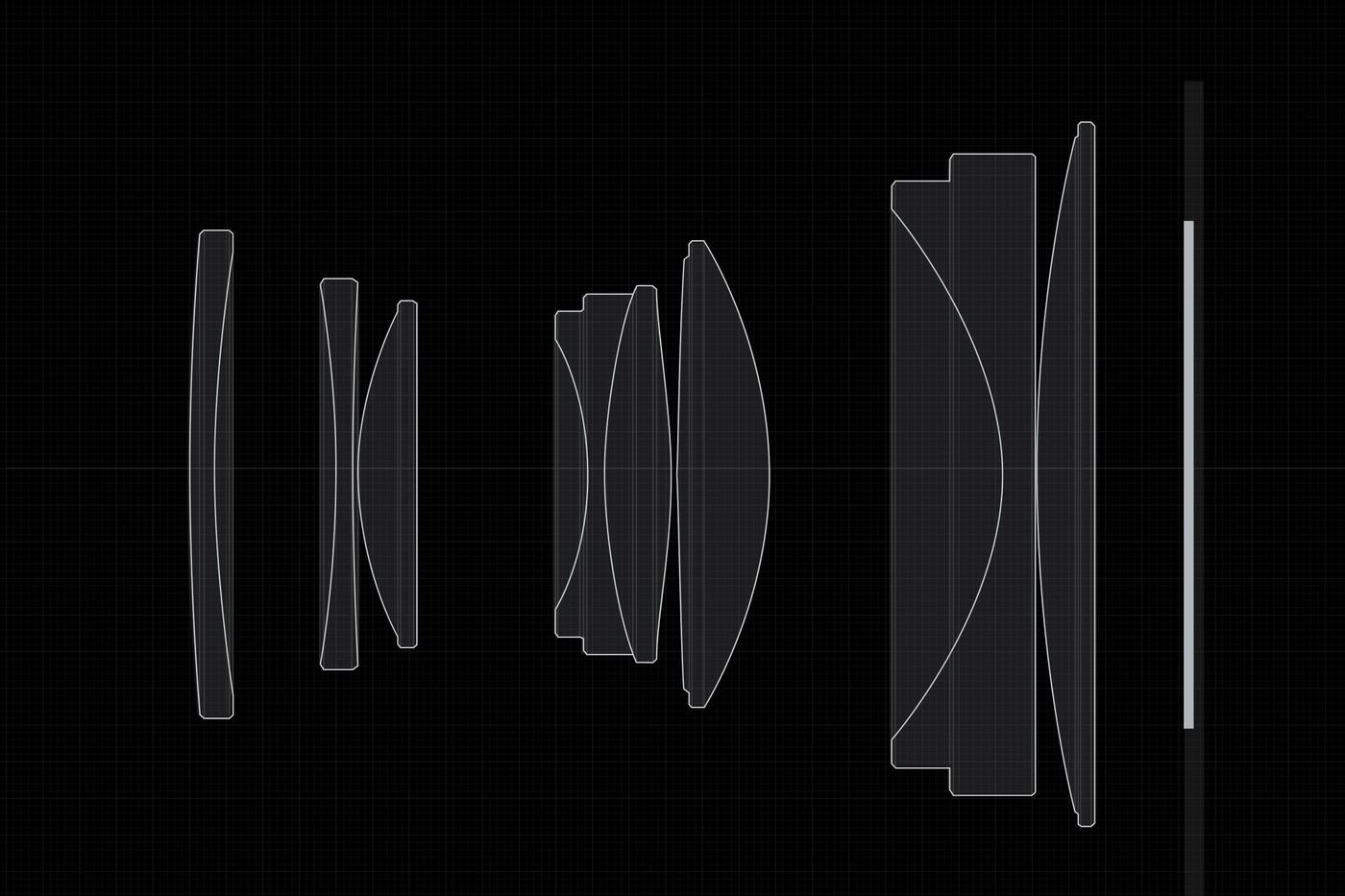

For more versatility, the RX1R III still offers 2 “virtual” focal lengths through digital zoom: 50mm (29 MP) and 70mm (15 MP). This feature was already present in the RX1R II and is common among competitors.
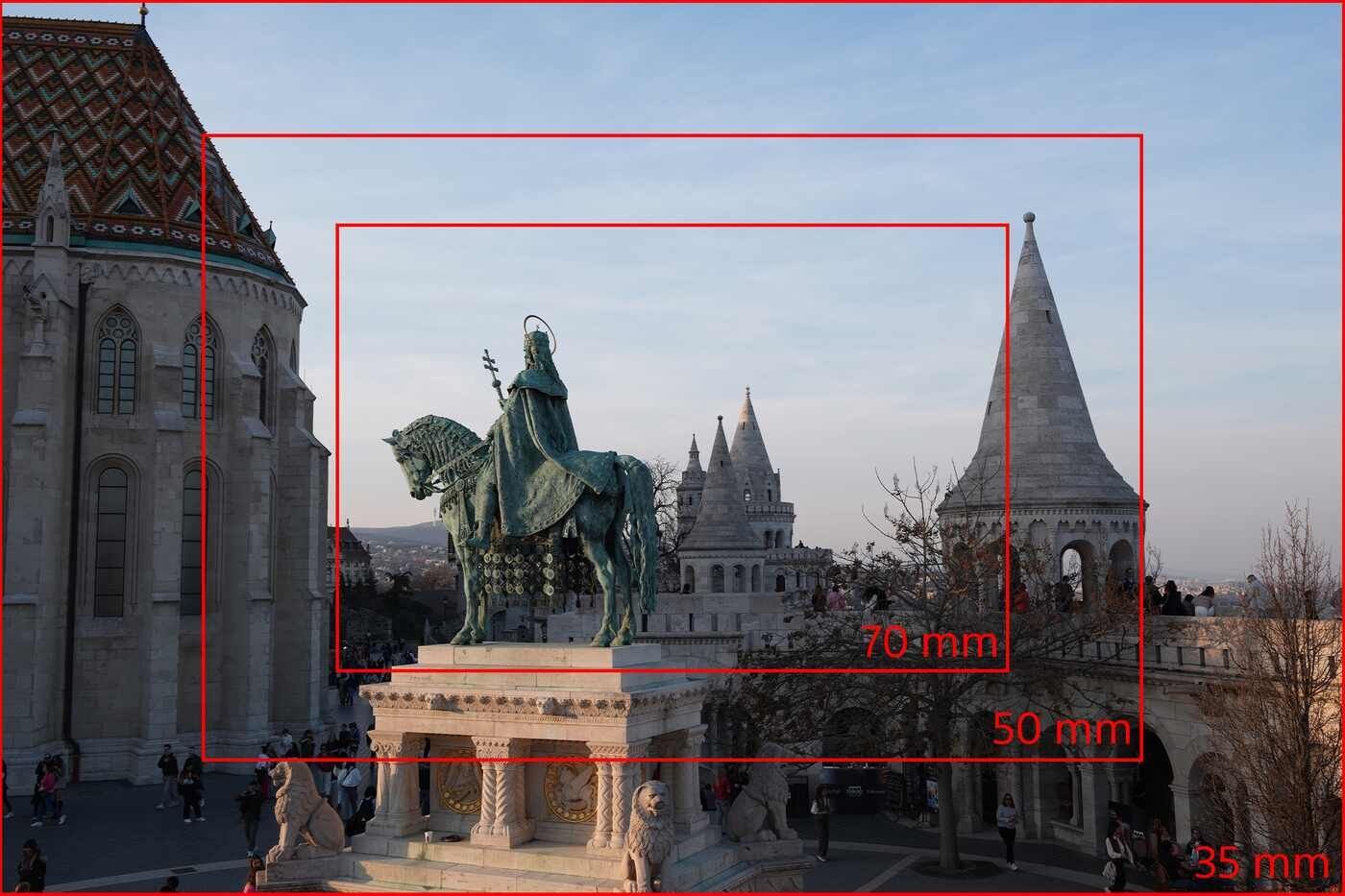

The f/2 aperture is provided by a 9-blade diaphragm, with a minimum focusing distance of 24 cm in normal mode and 14 cm in 0.5x macro mode.
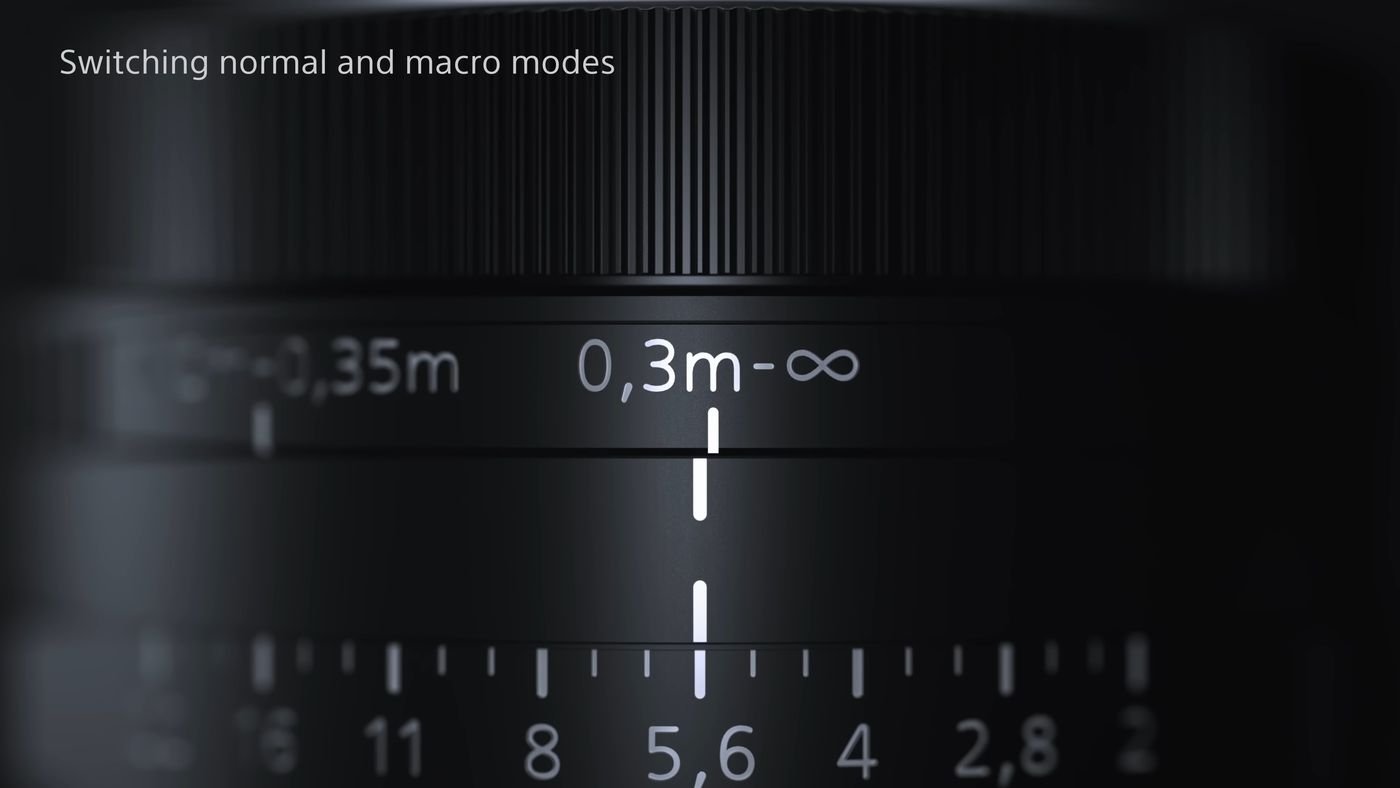

However, the lens is still not stabilized — so you’ll need to watch your shutter speed in low light, even if the fairly wide aperture helps. Finally, the central shutter allows flash sync up to 1/4000 s.
Sony RX1R III: the king of compactness
While premium compact cameras are rarely bulky, the RX1R series has always been particularly… compact. The RX1R III is no exception, measuring just 11 cm wide, 6.8 cm high and 8.7 cm deep, and weighing less than 500 g (498 g)!
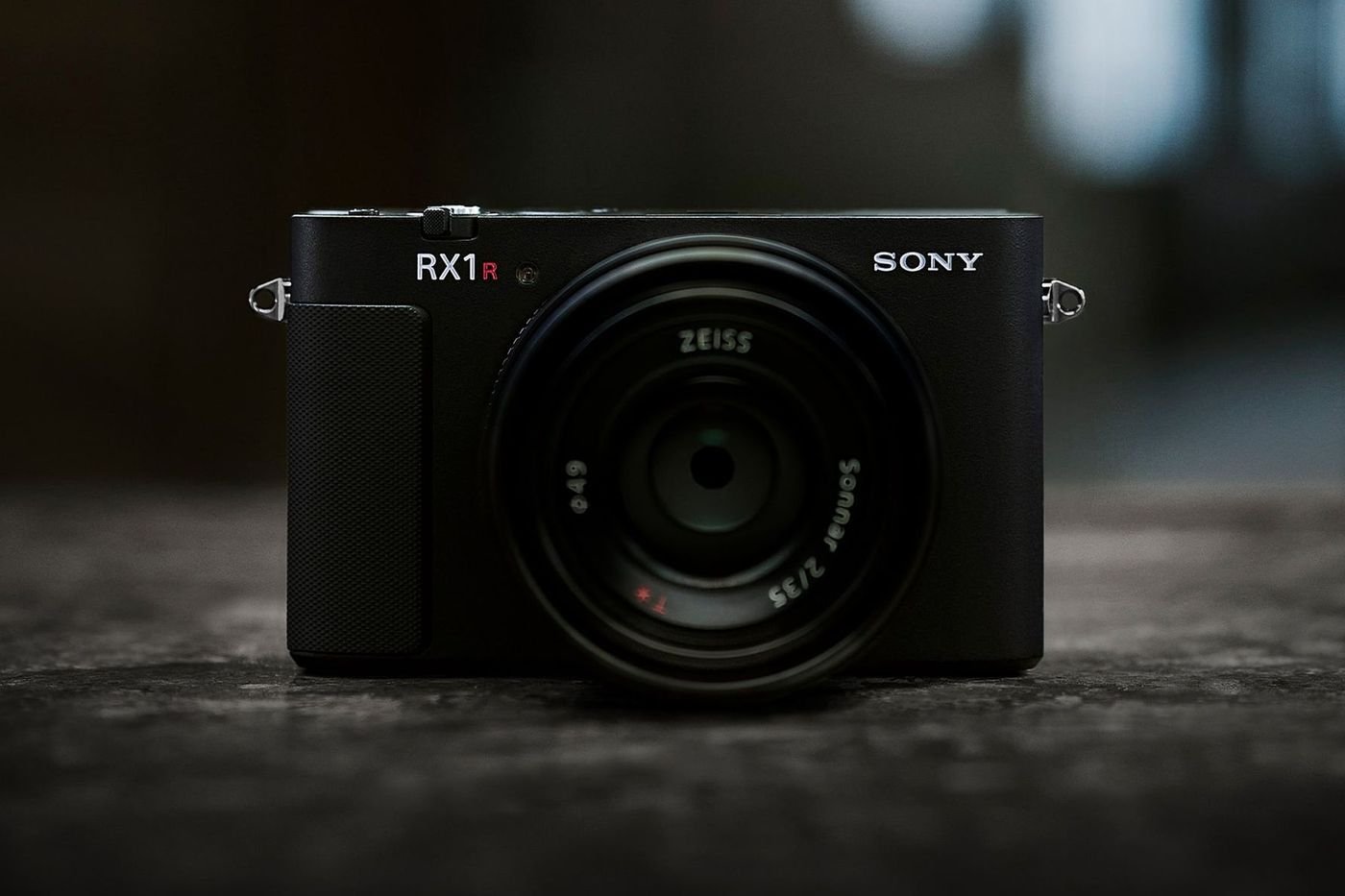

For comparison, its closest “rival,” the Leica Q3, weighs 743 g and has significantly larger dimensions (13 cm wide, 8 cm high, 9.2 cm deep).
Despite its tiny size, the RX1R III still includes a small electronic viewfinder (OLED, 2.36 M-dots, 0.7x, same as the A7C II / A7C R). However, unlike the previous model, this viewfinder is fixed rather than retractable, which explains why the body is slightly deeper than before.
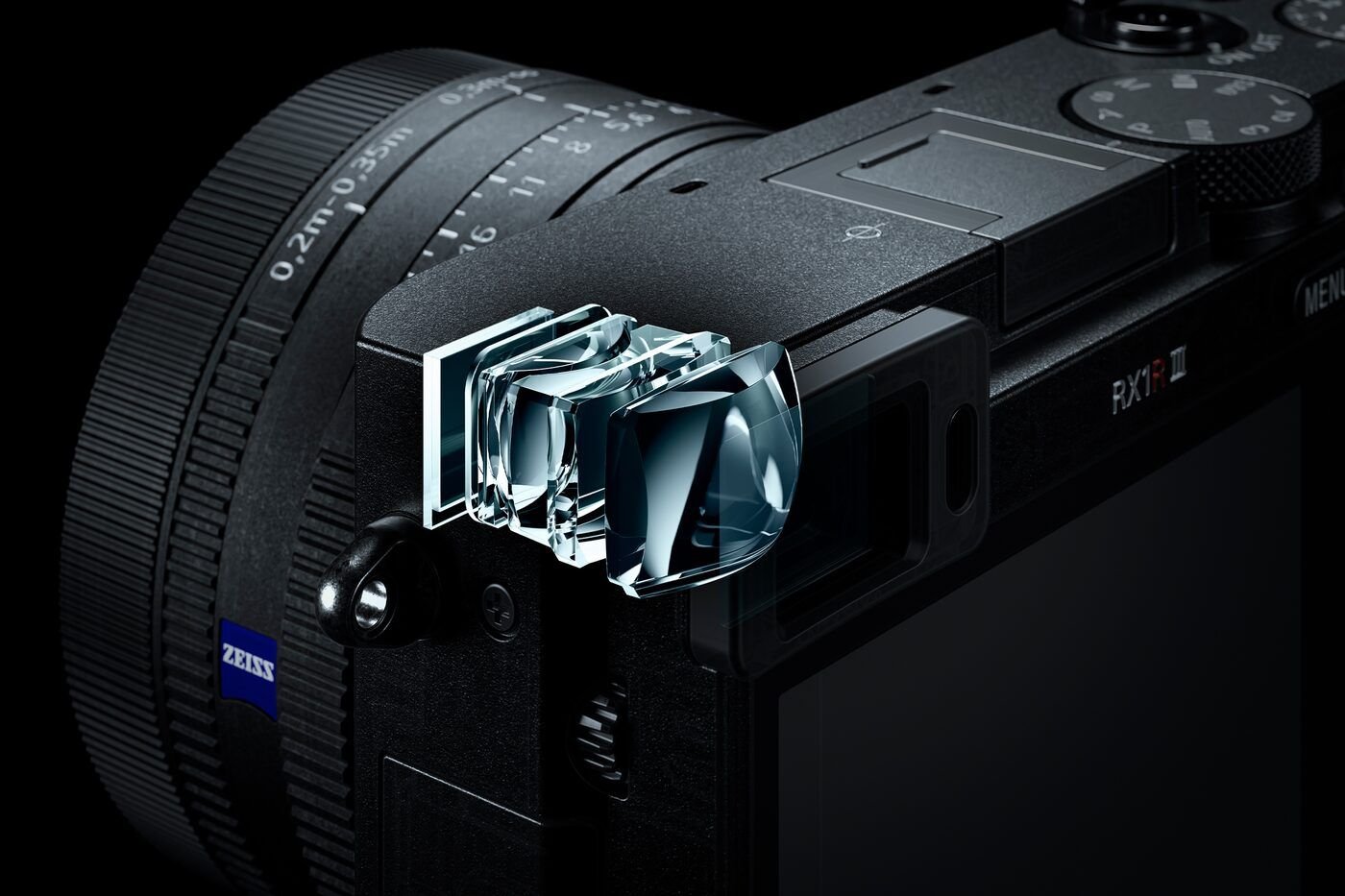

The outer shell of the RX1R III is made of magnesium alloy, which should give it some durability, but there’s no mention of dust or moisture protection.
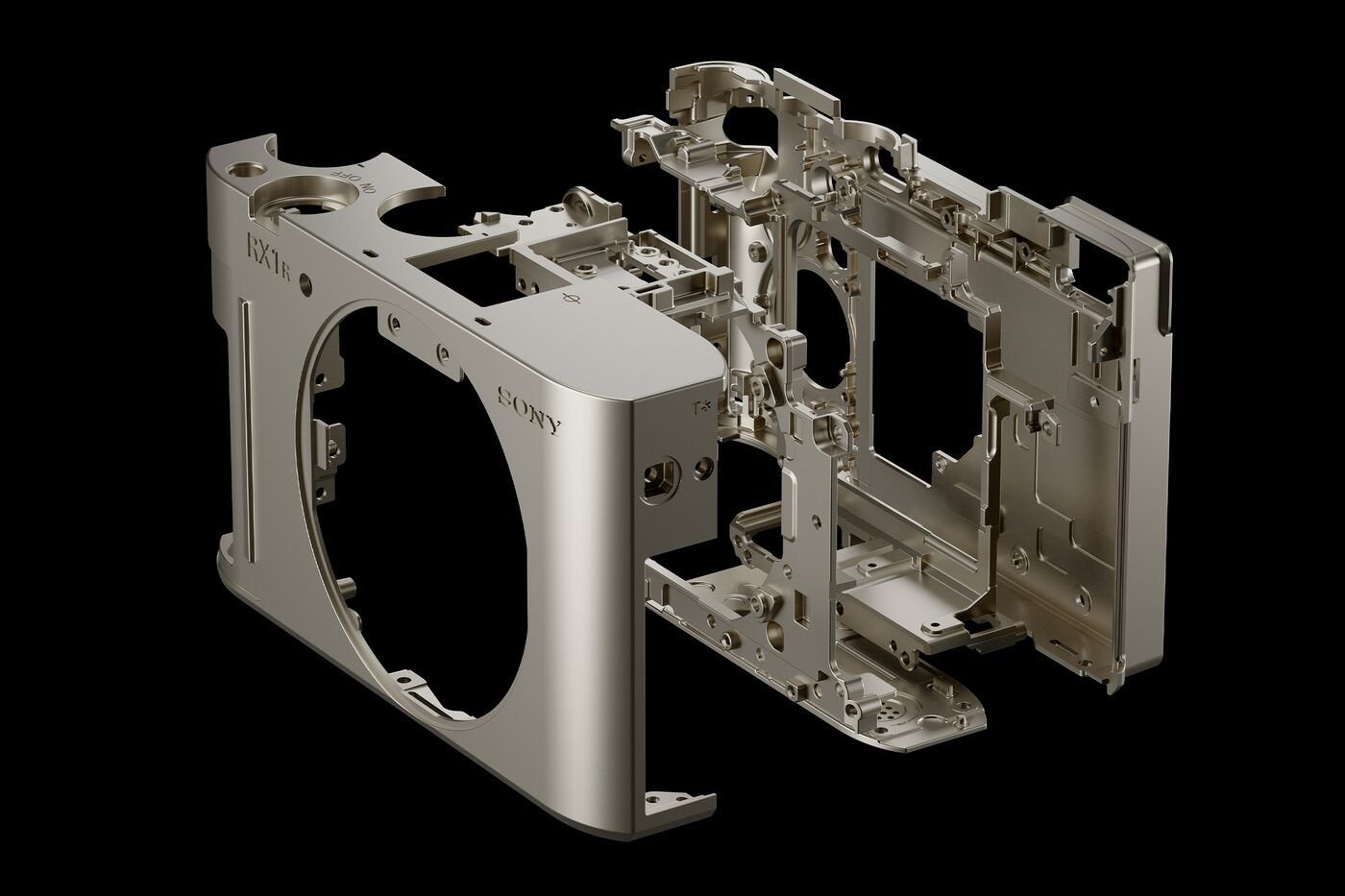

Like the brand’s other compacts, the design is stripped-down with modern lines. Fans of vintage looks may feel disappointed — but with Sony, that’s hardly surprising.
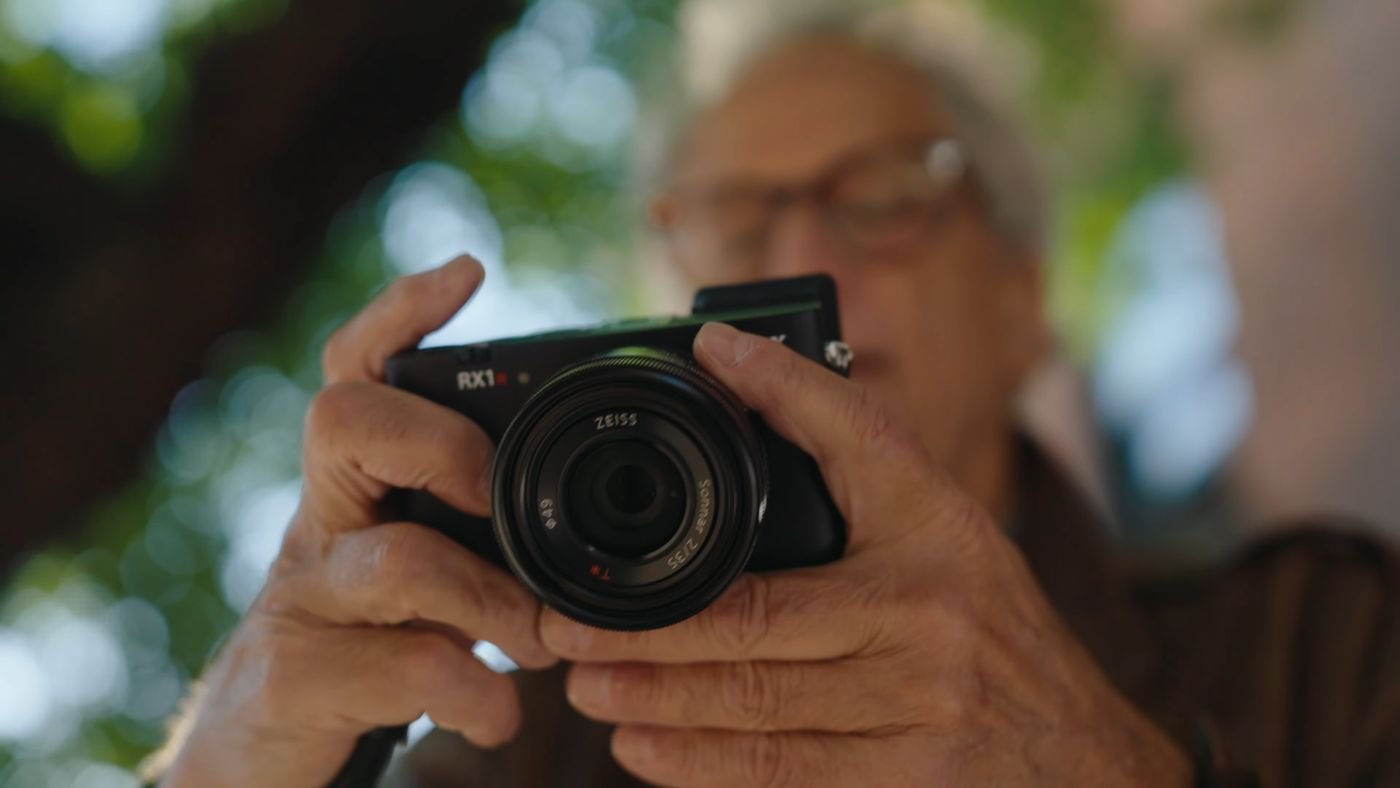

In addition to the shutter and power lever, the top plate features a PASM dial, an exposure compensation dial, and a custom button. The back remains very minimalistic with Sony’s usual controls and two control wheels. A step back: the 3-inch touchscreen is now non-tiltable but offers the same definition as the viewfinder — 2.36 M-dots — quite impressive for a built-in monitor.
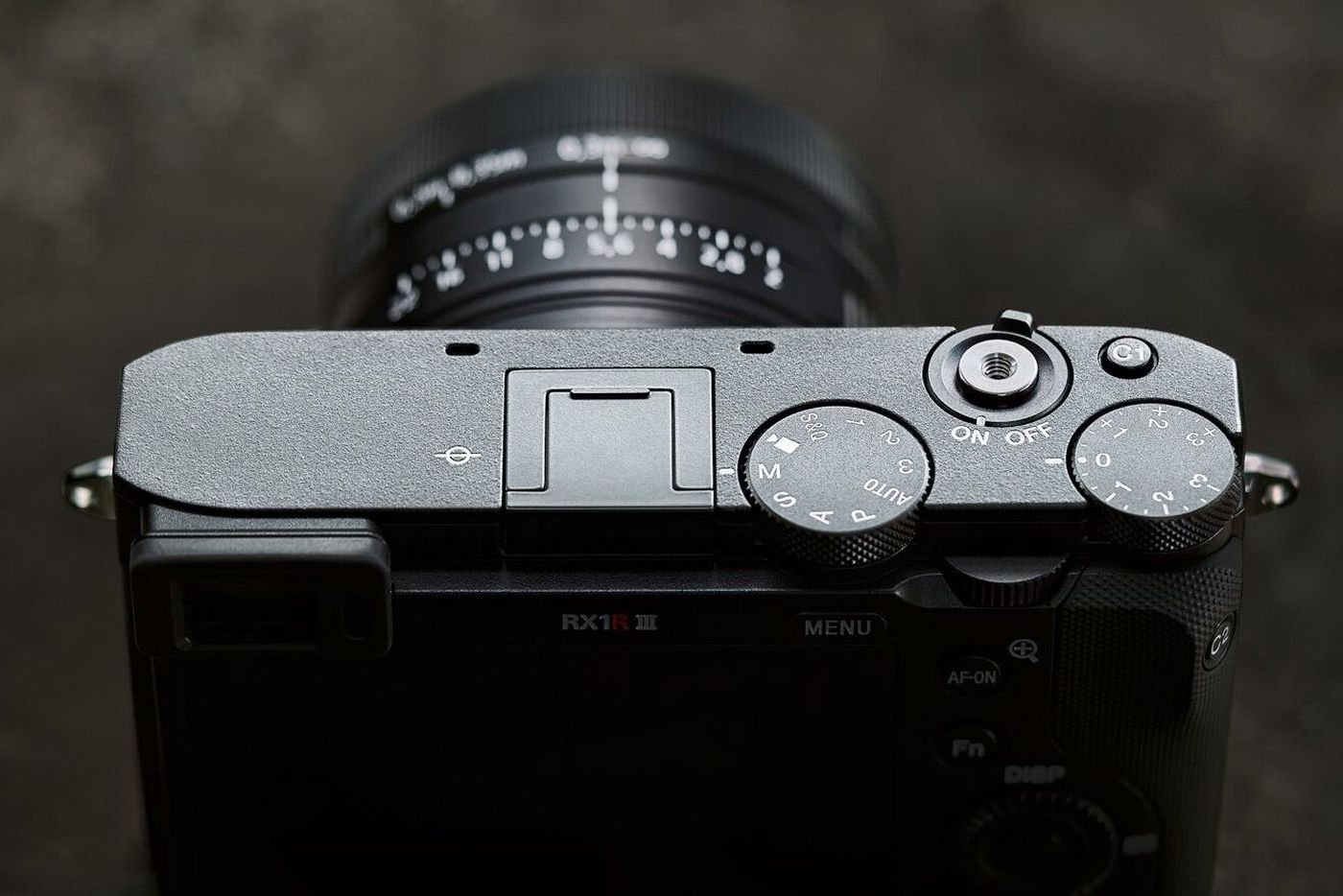

Image display will therefore be of very good quality, but fans of waist-level framing or selfies may be a little frustrated. The rest of the design remains very minimalist, and unlike a Fujifilm body, there are no unusual controls. For example, no dedicated button for digital zoom or for switching “Creative Looks.”
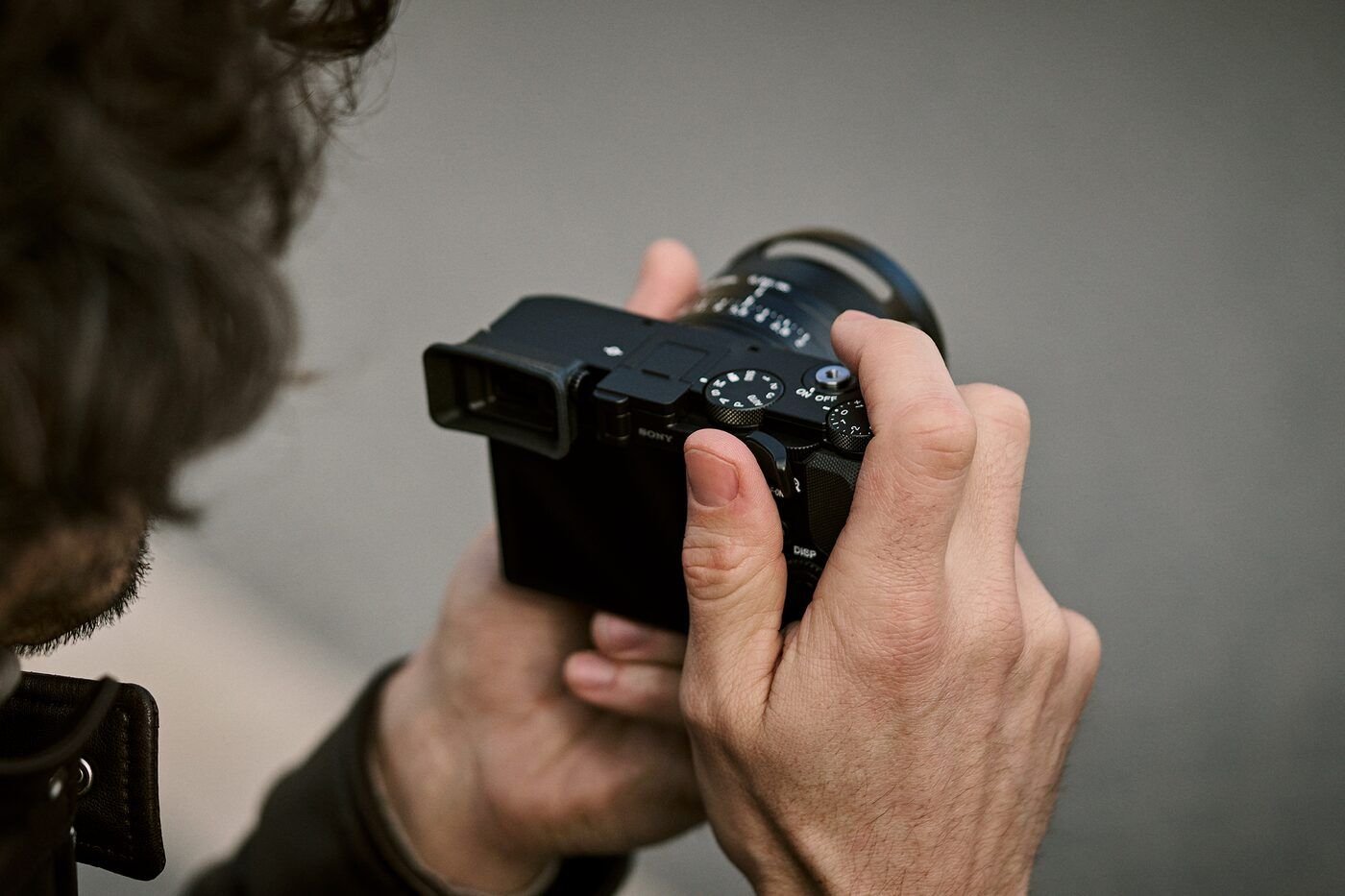

However, it does include some uncommon — even unique — accessibility features, such as menu magnification for better readability or screen reader functionality.
5 fps burst and limited buffer
If there was any doubt, with its 5 fps burst and buffer of only 15 RAW (or 120 JPEG), the Sony RX1R III is clearly not designed for sports or wildlife photography. It’s first and foremost a daily photography body intended for street photography, reportage, or travel.
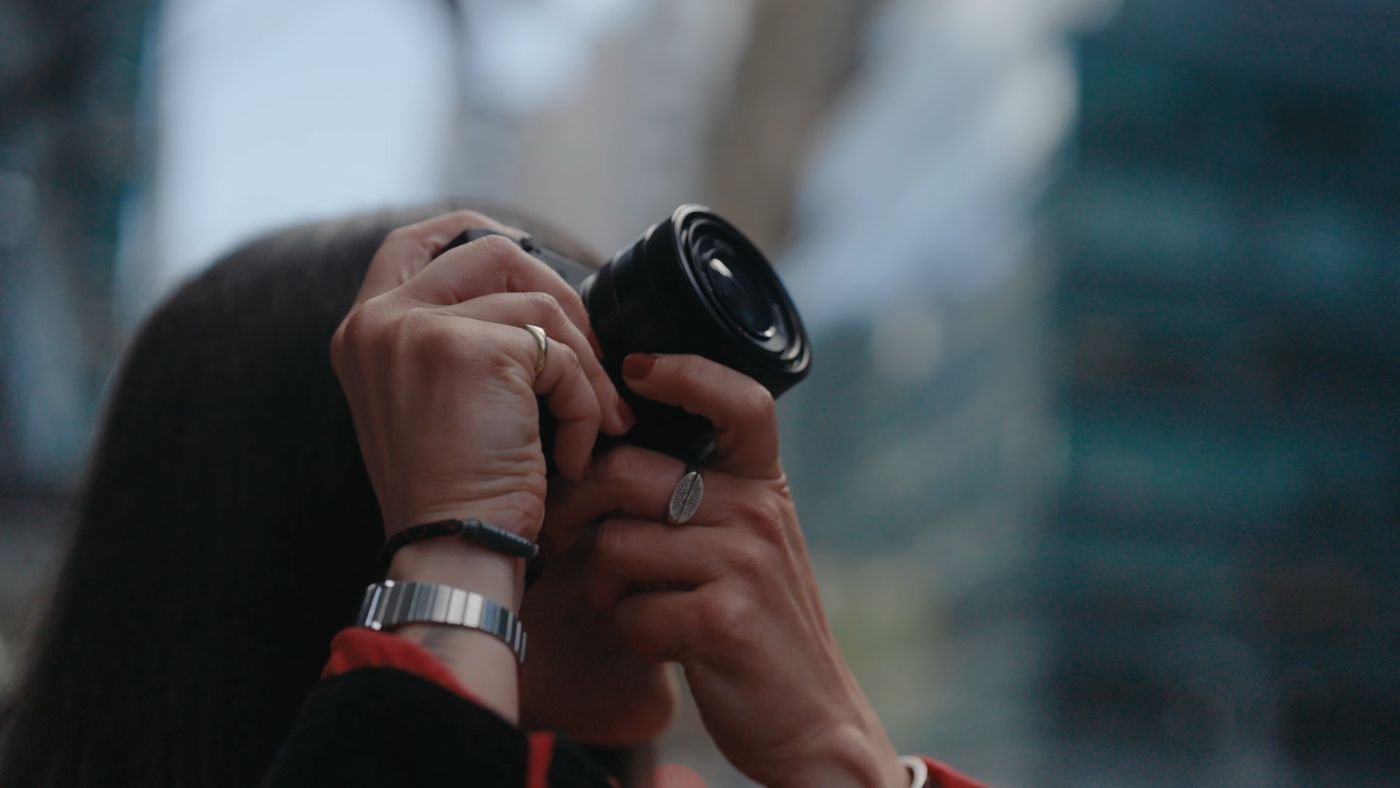

4K 30p video, and that’s it
Although the Exmor R sensor can theoretically record in 8K (like the Sony A7R V), Sony chose to limit it to 4K UHD 30p in 4:2:2 10-bit (300 Mbps), slightly less than the A7C R’s 4K 60p. This choice likely aims to reduce body heating and rolling shutter. There’s also a slow-motion mode at 120 fps in Full HD and digital stabilization at the cost of a slight crop.
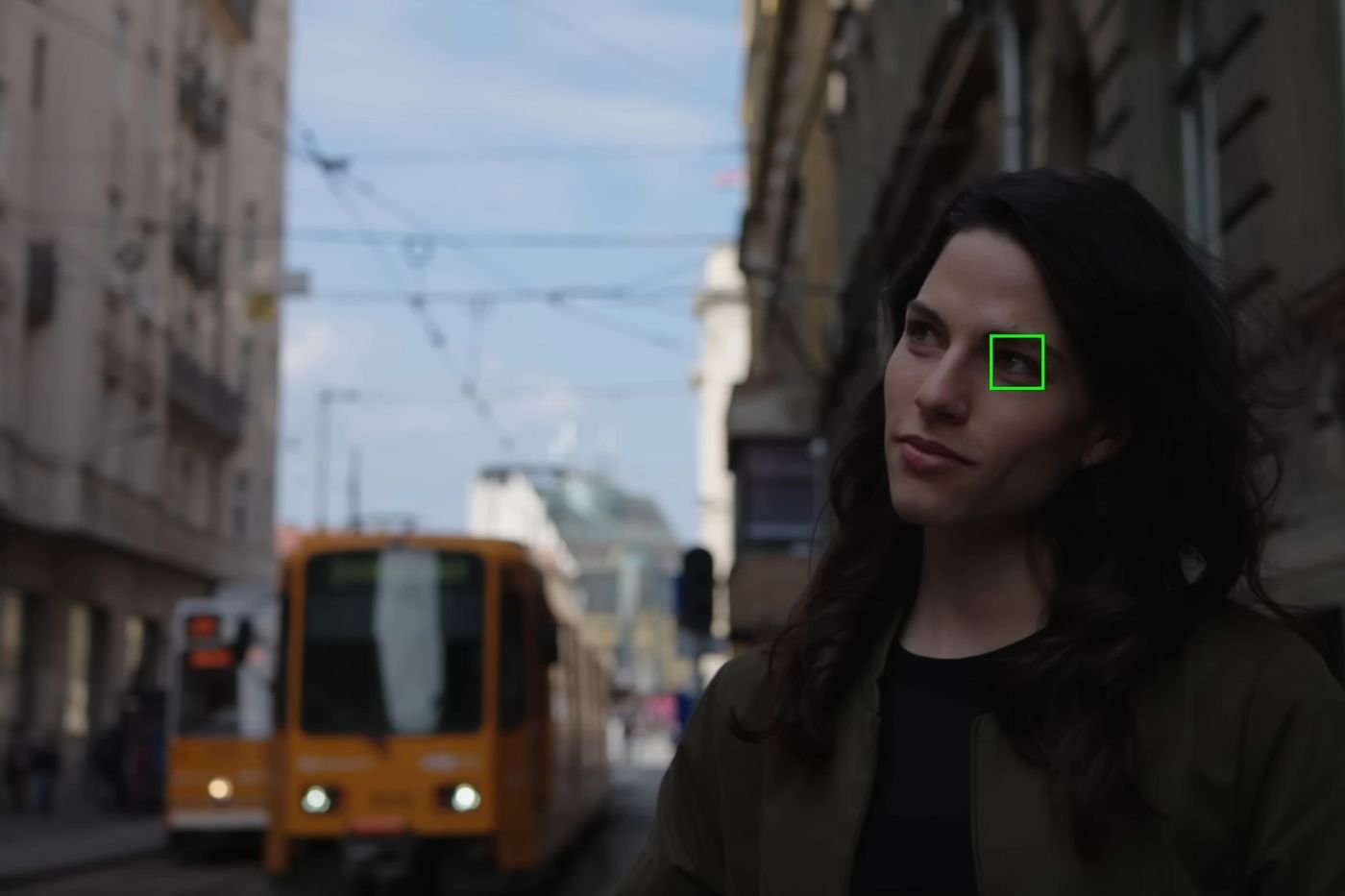

Usual connectors, SD UHS-II and NP-FW50 battery
All connectors are grouped on the left side. There’s a USB-C port, a micro HDMI port, a 3.5mm jack (microphone) and a remote release port. For storage, the Sony RX1R III uses a single SD card slot, UHS-II compatible.
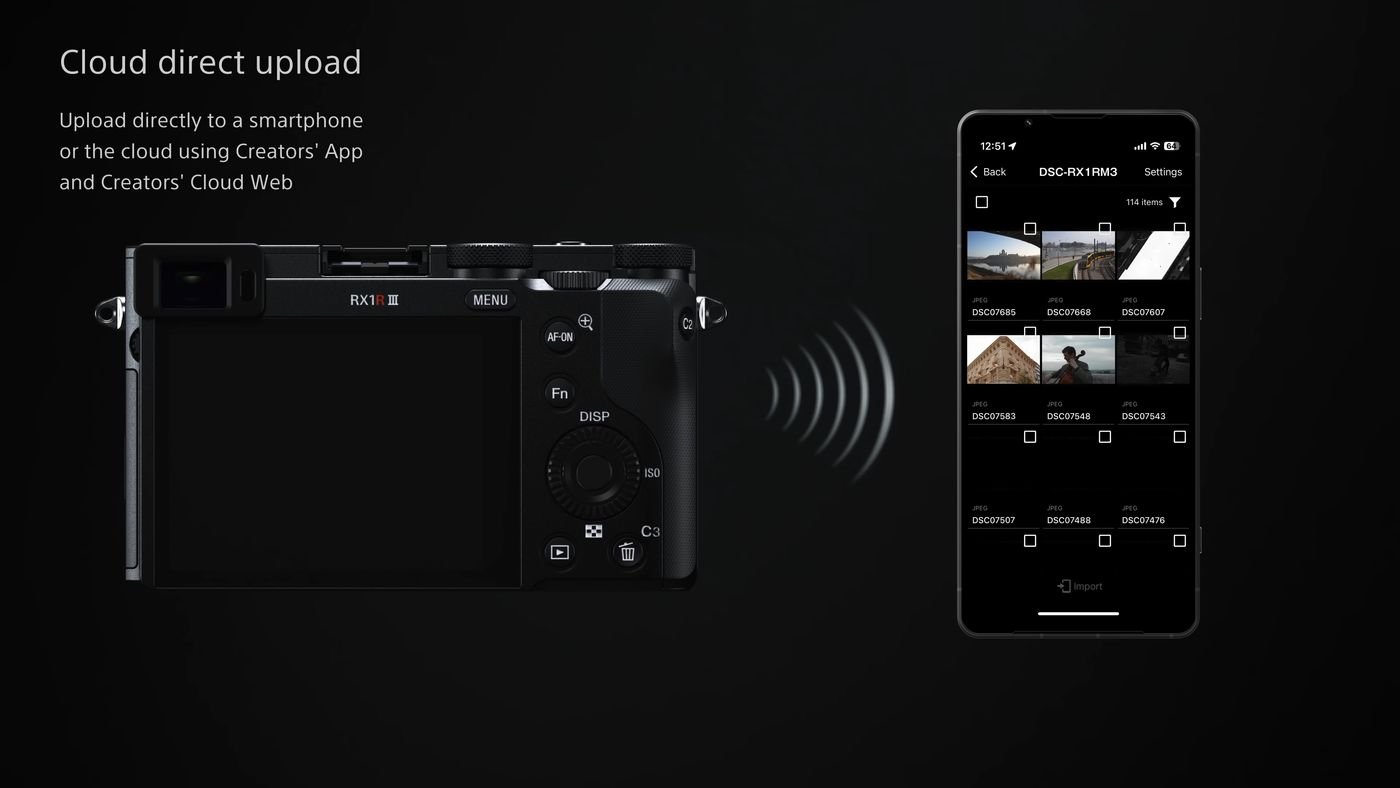

The camera still uses the small (and old) NP-FW50 battery (1080 mAh), which should deliver about 300 shots (LCD) or 270 with the viewfinder. In video, Sony claims between 50 and 80 minutes depending on settings. Finally, the camera is compatible with Wi-Fi 5 and Bluetooth 4.2 and can connect to the Creators’ App (iOS / Android).
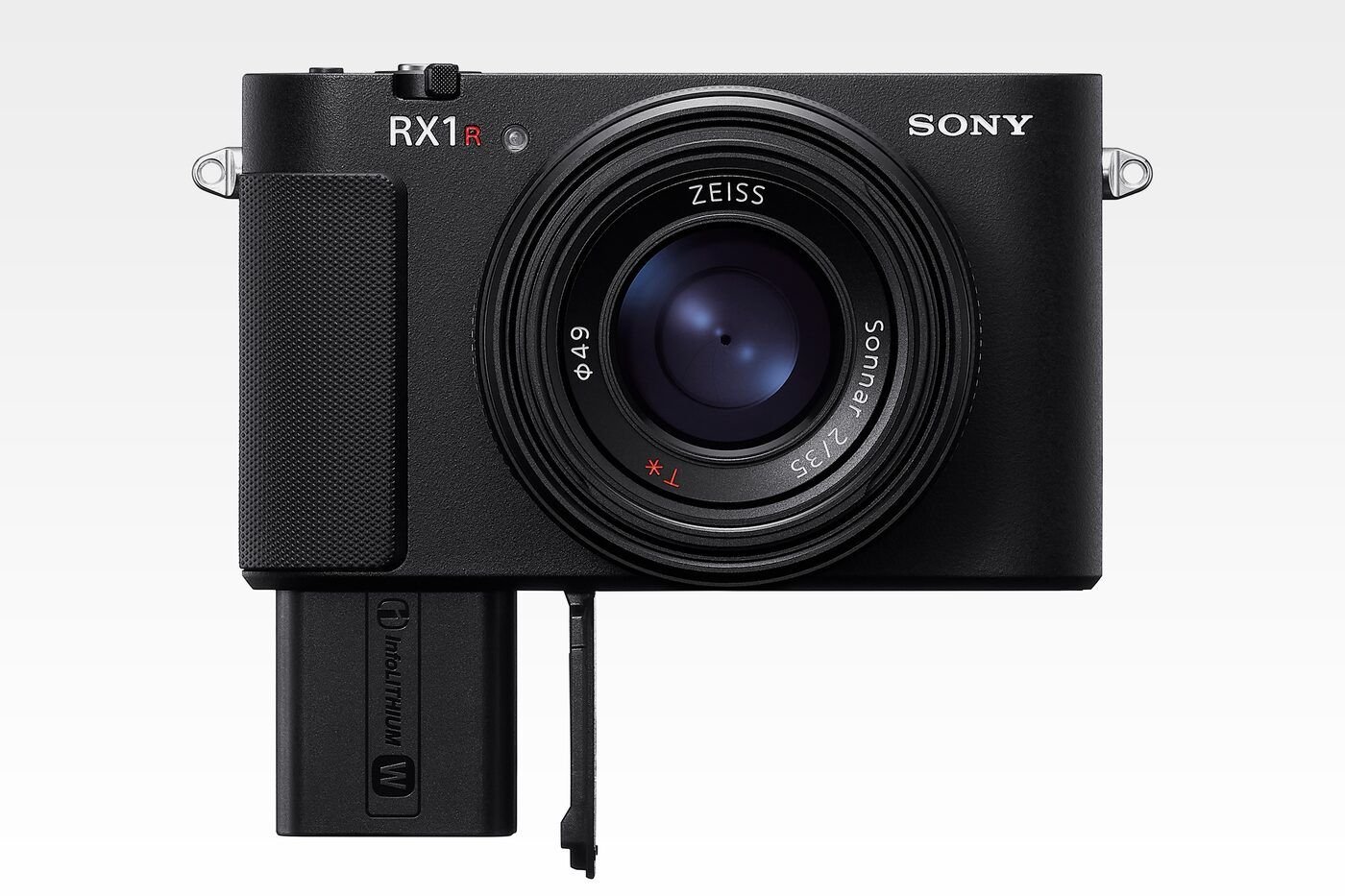

Below is a selection of photos captured with the Sony RX1R III (provided by the brand):
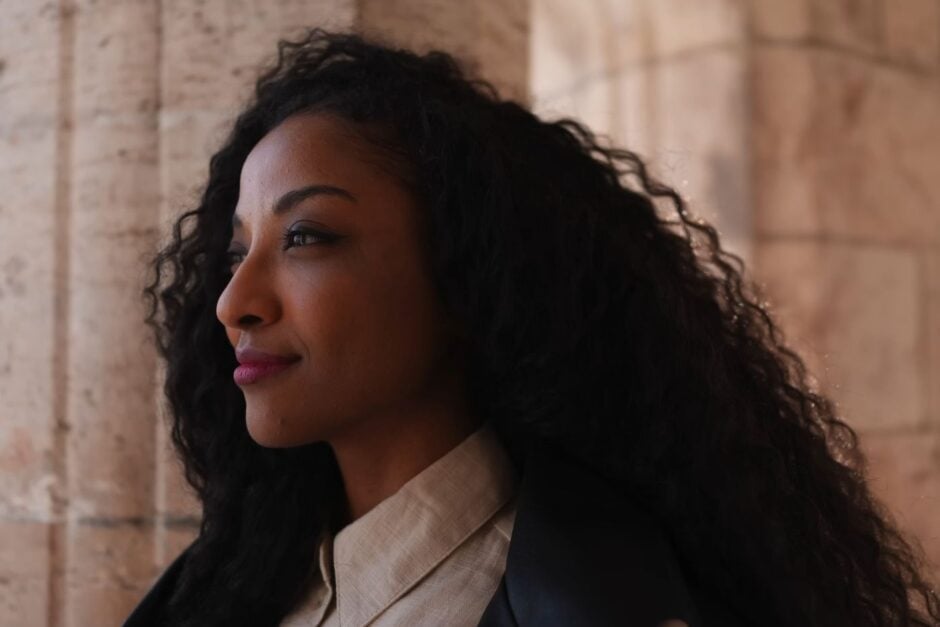









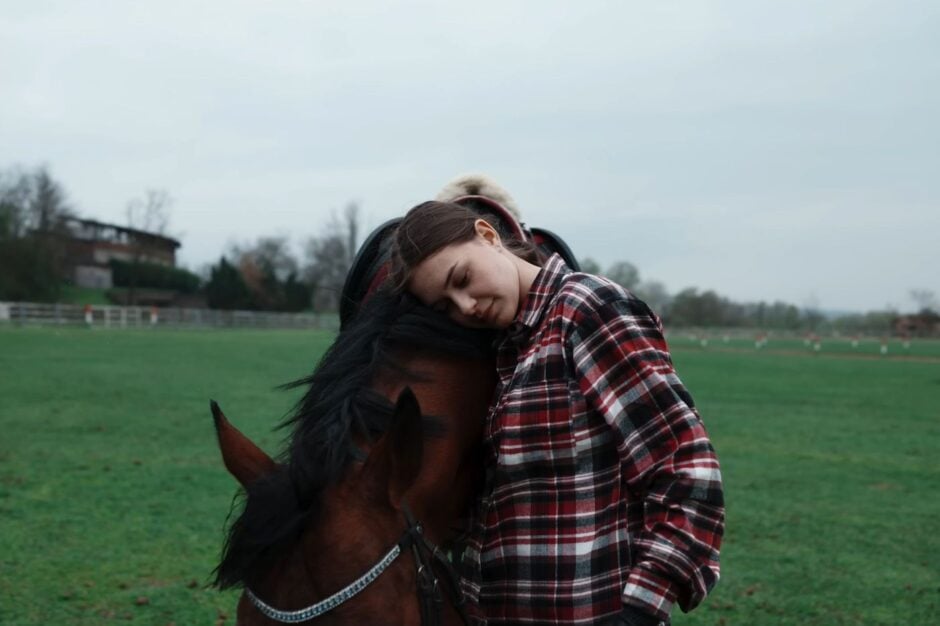

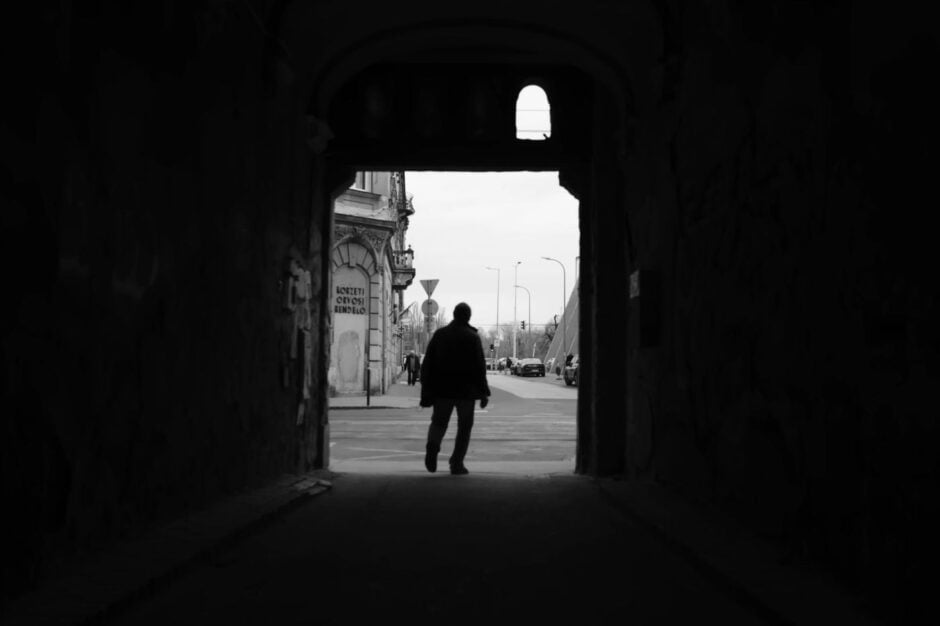





Price and availability of the Sony RX1R III
The Sony RX1R III is available for pre-order at a price of $5098. Deliveries are expected by late July 2025.
You can find the Sony RX1R III at B&H.
Our first impression of the Sony RX1R III
One word comes to mind upon hearing the Sony RX1R III announcement: FINALLY! As the large-sensor compact camera wave seems here to stay, Sony kept us waiting for one of the longest intervals ever seen between two generations — 10 years.
Once the surprise wears off, it’s clear the RX1R III is almost exactly what we expected, since Sony has seemingly had the components ready for years.
We’re happy to see the 61 MP full-frame sensor, whose pairing with the dual Bionz XR processor and AI chip promises excellent image quality and near-faultless autofocus.
The two biggest questions concern the lens and stabilization. Sony reused the Zeiss 35mm f/2 lens from 2012, which must prove it can match such a high-resolution sensor. As for stabilization, Sony clearly chose to preserve compactness over adding IBIS.
That’s where the Sony truly stands out: an ultra-compact body, with a viewfinder, that fits in a pocket yet delivers “professional-grade” images.
Finally, the price: under the symbolic €5000 mark, this Sony RX1R III is much more accessible than the Leica Q3 ($6735), but similar to the Fujifilm GFX 100RF ($5098). We can’t wait to see everything this little body has to offer after such a long wait.

